Brick wall has an uneven surface. This creates difficulties when performing repair, as it is quite problematic with such a basis. Therefore, it is necessary to align it. This is done by plastering brick walls. This process requires relatively small costs. And by virtue of its economy, plaster has gained widespread.
Type of plaster
The result of the use of plaster is not limited to a smooth surface of the walls. In addition, this finishing material creates a protective layer and prevents moisture in the wall, and also contributes to the heat and sound insulation of the room. With the help of plaster, you can also create various decorative design. In this connection, the construction industry today offers such types of plaster solutions:
- normal;
- special;
- decorative.
With the help of the composition of the usual plaster, an interior decoration is performed, which is the basis for the subsequent color or pasting with wallpaper. Special plaster is used to create a protective surface: it is processed by it wall acquires sound and heat-insulating, as well as waterproof properties. The outer plaster for the brick wall of the decorative species has a colored, embossed or textured surface. It is used, as a rule, for facade finishes.
The composition, which is used for the plastering of brick walls with cement mortar, contains sand and astringent component. Lime, cement, gypsum or clay can be used as such an element.
Subsequently, they are connected to the sand. These components give the composition strength, as well as plasticity, so that the surface of the plaster can be aligned. The binding component is the basis of the solution.
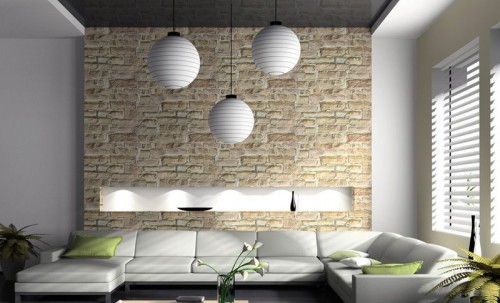
Tools for work
Plastering of brick walls with their own hands begins with the selection of material and tools. To work with such a composition you need to prepare the following:
- Special blade, with which the dosage, mixing and leveling the plastering layer is performed.
- It is also necessary to prepare a 10 liter bucket, which will be required for applying and dosage of plastering.
- For fading and leveling of the composition and for the grout of the finished plaster mortar, semiars are used.
- In addition, the "Rules" will be needed. This tool is an aluminum-based railway racks having a different length and section. With their help, align the solution for beacons, perform the decoration of slopes and extruded the eaves.
- We will also need a plumb, scraper, construction and water levels and a square.
Preparatory stage
To ensure good adhesion between the wall and finishing, the material before starting the plastering, the working surface must be prepared:
- The first thing from the surface of the wall should remove all existing contaminants, such as oil and fat spots, supremes, solutions and protruding fittings. It should be done with a spatula, hammer and chisel.
- Then the surface must be carefully cleaned from dust. It is also desirable to expand the seams to a depth of 1 cm.
- The next to this should install beacons. They are a mandatory element of the performance of high-quality finishes. First of all, for this you need to pull the plumbs along the edges of the wall - this will help determine the exact plane.
- In the upper corners of the working surface, we drive a self-tapping screw, which then hinder the plumb. In this case, the gap between the wall and the loop circuit should be 2 cm.
- Further, behind the sheer cords at a distance of 20 cm from the floor you need to drill holes and screw the screws into them. The distance between the holes should be 1 m.
- Ultimately, three self-pressing will be obtained on each side, which you need to pull the slim harness. As a result, we will get three horizontally stretched cords that regulate the thickness of the plaster layer.
- Then, under the tight vertically harnesses, we start lighthouses and install them every 2 m. It must be T-shaped metal components with a thickness of 6 mm, they will not be difficult to find in a regular construction store.
- For fixation after 20-30 cm, mold beacons with divorced plaster.
- Then you should wait time so that they dried.
Preparation of plaster composition
A different solution is used for each individual plaster layer. But the manufacturing process is the same and the composition of the mass includes the same components. Miscellaneous concentration of its substances differ from each other. The plaster composition is manufactured as follows:
- First you need to mix sand and cement to homogeneous mass. The volume fraction of the raw material will be indicated on the material label.
- Then water is added to the mass and the composition is mixed.
- By adding water, it is necessary to ensure that it is exactly the amount of fluid into the solution, which is indicated in the instructions. Otherwise, the plaster composition will be low-quality and worse adhesion. Water in the mass should be added gradually, in small portions. Properly prepared composition can be determined by the homogeneity of the mass and the absence of lumps.
The most convenient tool for mixing is a drill with a special nozzle. At the same time, the speed of rotation must be no more than 800 revolutions per minute. For greater speed, there is a probability of separation of the composition: the light factions will go upstairs, and heavy - to the bottom. After stirring, wait 5 minutes. This is necessary so that the additive contained in the mass is connected to the composition.
After these works, the solution is ready for use. But so that he acquires good coupling properties and plasticity, its composition can be supplemented with various components. These are substances such as:
- latex;
- pVA dispersion;
- plasticizer.
The resulting composition is suitable for use for 1.5 hours. Throughout this time, it will save its properties, if necessary, can be added to the solution of water and mix it. After 1.5 hours, the composition will lose its qualities and start crumbled.
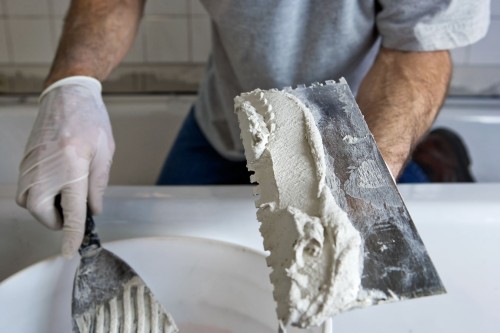
Technology Plastering Brick Walls
The procedure for applying plaster assumes several stages. Consider in detail each step of the process of applying plaster:
- First, with a liquid solution, a spray is performed, the thickness of which should be 5 mm. This is the lowest layer, it is necessary to apply it by the way of the pumping. But it should be good to wet the surface. Since in contact with the dry base of moisture contained in the mixture, it absorbs into the wall, as a result of which the finish will lose strength.
- Finding on the surface of the wall, the solution penetrates into all the irregularities and pores of the wall, which ensures good adhesion.
- The next step is primer. Unlike the spray procedure, where the liquid solution is needed, the composition of a more thick consistency is required to apply this layer. The primer layer is essentially the basis of plaster, since it is it forms the main thickness, and also performs an aligning function. Smooth soil provides a smooth surface of plastering of brick walls, and the price of materials remains low.
- The soil composition should also be applied to a pre-moisturized surface. Kelma or half-sash are used for operation. The solution is applied to the edge of the instrument, after which it is frozen along the wall by movement upwards.
- After applying the composition for every 2 m 2, surface must be aligned. We carry out this action using a grater or half-sash. The direction of movements in this case can be any, the main thing in the end to get a smooth and smooth surface. The purpose of this procedure is to eliminate all the shortcomings formed during the work.
Tight shuttering of walls
If you need to apply a thick layer of plaster, the process must be divided into several approaches:
- In this case, only the last, upper layer is aligned. Thickness is determined by the composition of the solution used:
- the lime-gypsum mass should not exceed 7 mm, and the cement composition is 5 mm;
- the total thickness of the plastering layer should not be greater than 12 mm using the usual composition;
- if the finish is performed with a composition with improved indicators, its thickness can reach up to 20 mm.
- Each subsequent layer is superimposed on a bit dried, but not completely dry previous one. In order to determine whether the plaster dried enough, it is necessary to press a little on its surface. If the layer is not forgotten, this suggests that he has enough sleep.
- In conclusion, the final layer is applied with simple plaster with simple plaster - coverage. This is a layer of cement, the thickness of which should be 2 mm. Before applying, the soil should be slightly moistened with the help of a sprayer or painting brush and wait a bit so that the moisture is absorbed into the ground.
- The crossbatch layer forms a solid surface, which performs the protective function and warns the mechanical damage to the plaster. Apply the cement composition should be using a trowel or grater.
- After processing the surface, the cement solution needs to be pulled out the layer. This procedure is performed as follows: the web tool used is pressed to the plaster, after which there are circular movements. After such manipulations on the surface, traces will remain, which are also removed by grouting. To do this, sharpen movements in a vertical or horizontal direction should be performed. With the help of twice performed grouting from the surface, all existing defects are eliminated.
Conclusion
Improved plastering of brick walls is a finishing material, with which the surface is prepared for further repairs. This is especially true for the surface of brick walls, which has many irregularities. Watching is a fairly simple and economical process that will significantly improve the operational properties of the brick wall.
Wall plastering technique is presented on video:

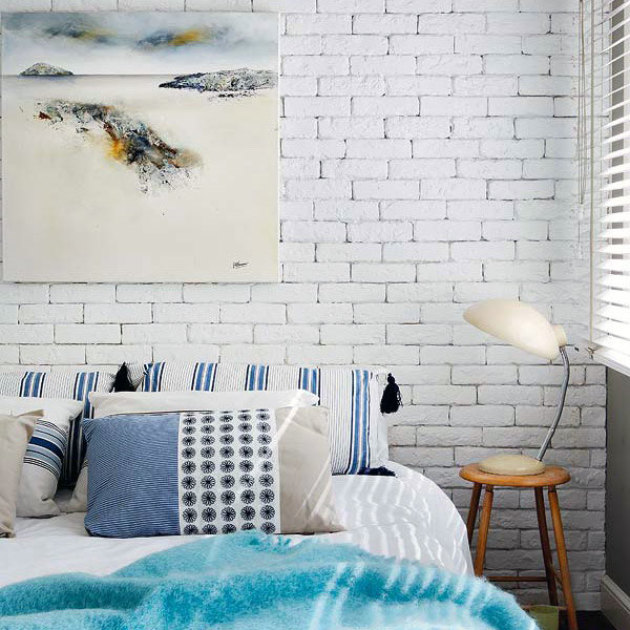
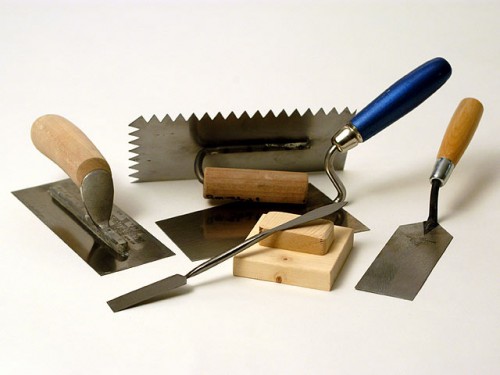
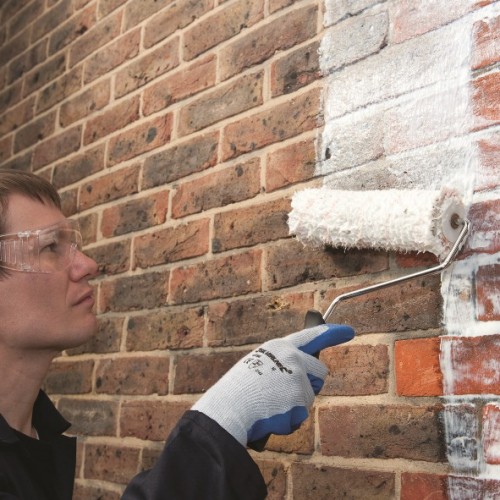
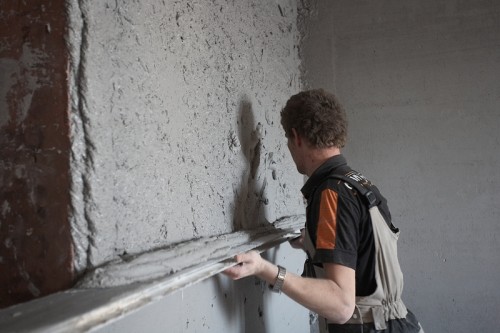
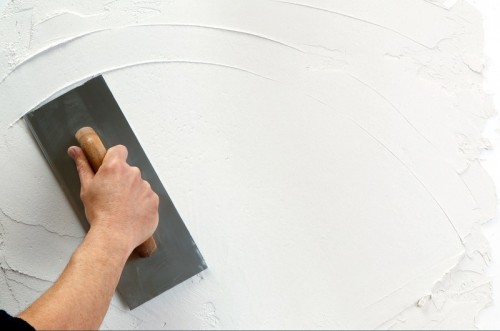

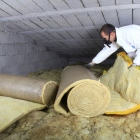
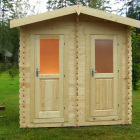



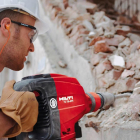
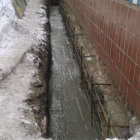
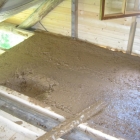
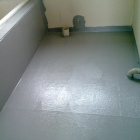
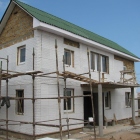
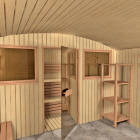
 Start a discussion ...
Start a discussion ...